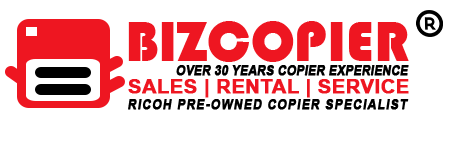How to Scan Images and Photos for High-Quality Results
Scanning images and photos can be a bit more challenging than scanning text documents, as you want to preserve the quality and detail of the original image. Here are some tips for achieving high-quality results when scanning images and photos: Choosing a Scanner When choosing a scanner for scanning images and photos, consider the following: Flatbed vs. Film Scanner For scanning photos and other flat items, a flatbed scanner is a good option. However, if you have old film negatives or slides, a film scanner will produce better results. Resolution For scanning images and photos, a resolution of at least 300 dpi is recommended. However, if you plan on enlarging the image, you may want to scan at a higher resolution. Color Depth The color depth of a scanner refers to the number of colors it can capture. For scanning images and photos, a color depth of 24-bit or higher is recommended. Preparing Your Images and Photos Before scanning your images and photos, it’s important to prepare them properly: Clean the Originals Make sure your images and photos are free of dust and debris before scanning. Use a microfiber cloth or a can of compressed air to clean the surface of the photo. Flatten the Originals If your photos are curled or bent, use a weight to flatten them out before scanning. This will help ensure that the entire image is in focus and in focus. Remove Frames and Mats If your photos are framed or matted, remove them before scanning. This will help reduce glare and ensure that the entire image is captured. Scanning Your Images and Photos When scanning your images and photos, consider the following: Preview the Image Most scanning software includes a preview option that allows you to see the scanned image before saving it. Use this feature to adjust the settings and make sure the image is straight and aligned. Adjust the Settings Make sure your scanner settings are optimized for the type of image you’re scanning. For example, if you’re scanning a black and white photo, make sure the scanner is set to black and white mode. Save in the Right Format Save your scanned images in a format that will preserve the quality and detail of the original. For photos, TIFF or RAW formats are recommended. For web use, JPEG is a good option. Adjust the Brightness and Contrast After scanning, adjust the brightness and contrast of the image to improve the overall quality. Most scanning software includes basic editing tools for this purpose. Conclusion Scanning images and photos can be a bit more challenging than scanning text documents, but with the right scanner and proper preparation, you can achieve high-quality results. Make sure to clean and flatten your originals, adjust your scanner settings, and save your scans in the right format to preserve the quality and detail of the original image. *Other Model AvailableRICOH MPC3503/ MPC5503 | RICOH MPC3504/ MPC5504 CONTACT US: 03-3341 6296 | 018-788 6296 | 018-228 6296

Recent Comments